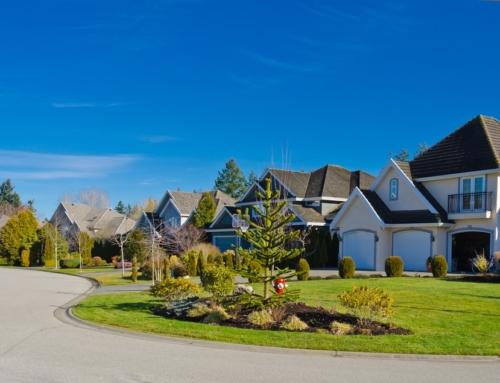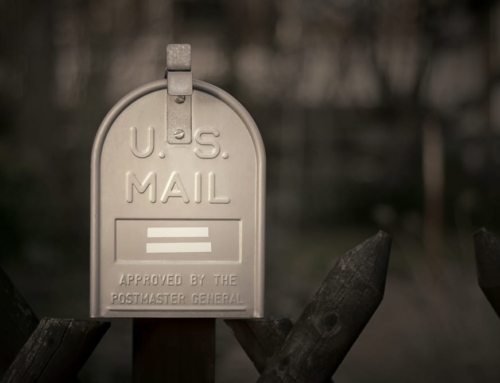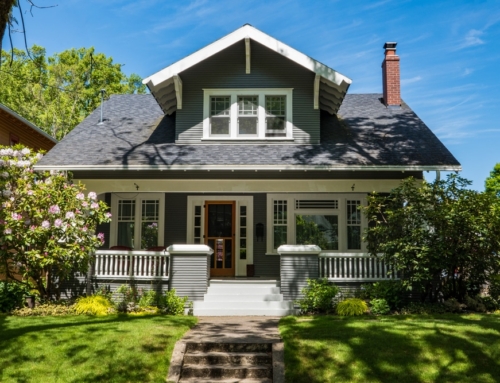This past year was big for the real estate market—it’s the first time we’ve seen year-over-year increases in home prices since the market crashed around 2008. Interest rates remain low, and refinances, loan modifications, and short sales are all up—but it’s not all good news.
Foreclosure rates are still on a rollercoaster ride—the real estate market has seen months of decreases followed by months of increases. Many states, including Washington and Illinois, are seeing whopping increases in foreclosure rates due to a backlog of foreclosures making their way through the system.
While the recovery is largely driven by diminished supply and strong demand in the real estate market, the demand is coming largely from investors looking to snap up cheap properties and make money by renting them out. There’s also the looming concern of the shadow inventory of homes that are on the verge of foreclosure. And as long as people are still struggling with employment, the real estate market recovery will remain meager at best.
Home prices go up
In late spring and early summer, analysts and data companies started releasing the first bout of good news in the housing market. In April, the Standard & Poor’s/Case-Shiller home price index indicated that home prices went up for the first time in eight months. By August, the index indicated that home prices had increased 2 percent over the year before.
Month by month, home prices continue to crawl upward. While some economists believe the growth is sustainable, others are carefully watching the foreclosure market to see how an influx of foreclosures will affect the recovery.
A mixed bag of foreclosures
Foreclosures remain one of the most unpredictable segments of the recovery. Over the past year, we’ve seen increases and decreases in the foreclosure rate from month to month, and those rates differ from city to city and state to state. The biggest difference between states has to do with their foreclosure process. In 23 judicial states, so-called because foreclosures require a court order, the process takes longer, and so more foreclosures are still making their way to the market.
Overall, however, foreclosure rates are down from years past, thanks in part to a stabilization of home prices and an increase in alternatives to foreclosure such as loan modification and short sales. Those measures were aided by a $25 billion national settlement between the federal government and the five largest mortgage servicers—Bank of America Corporation, JP Morgan Chase & Co., Wells Fargo & Company, Citigroup Inc., and Ally Financial Inc. These banks are required to spend portions of their required settlement on loss mitigation efforts.
Mortgage rates hover at historic lows
The housing market is still very good for buyers, especially for those who want to save money in interest. While this year was the time to take out a mortgage or refinance a home, the low mortgage interest rates are likely to continue into 2013. Week after week, we saw interest rates hit new historic lows, down to less than 3.5 percent for a 30-year fixed rate mortgage and less than 2.7 percent for a 15-year fixed rate mortgage. While it would take an absolutely stellar credit score, a hefty history of on-time payments, and a lot of money up front to get those kinds of rates, most homeowners and buyers are looking at the lowest rates they will ever see.
Underwater homes improving, but remain an issue for younger homeowners
The number of U.S. homes worth less than what is owed on their mortgages has dropped in the first half of the year, due mostly to increases in property values that brought people who were just barely underwater to the surface.
But the problem remains: More than 15 million homeowners are still underwater, including nearly half of those under the age of 40, who generally bought more recently and quickly watched their home prices fall as the real estate bubble burst.
While the number of people underwater is shrinking, this number will still be a significant factor to watch in the housing recovery.





